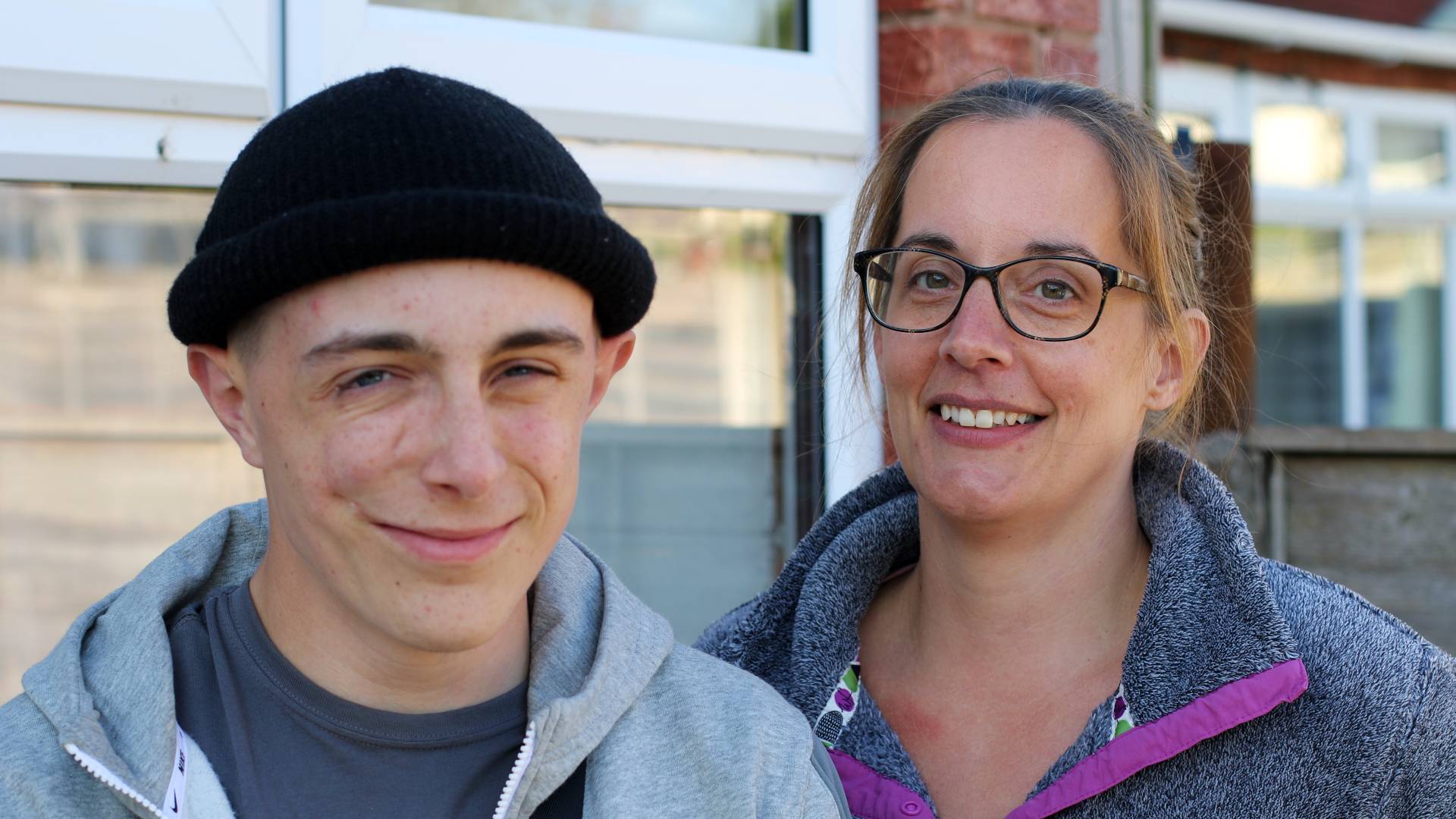Coping with other people's reactions
How people might react to your child’s visible difference and how you can model a positive response to your child.
We explore what influences self-esteem and how to build your child’s self-esteem and confidence when they have a visible difference.
How people view themselves, their value and their worth – known as “self-esteem” – can be influenced by several things. One of these is appearance – and if your child is living with a visible difference or disfigurement, their self-esteem may be affected by their feelings about how they look.
On this page, we look at how to build your child’s self-esteem and confidence.
The information on this page has been written to support you, as the parents and carers of young people with visible differences. We have produced separate advice and guidance for children and young people. You might want to share the guides linked below with your child or you could read them together.
People are not born with high or low self-esteem. Self-esteem develops over time and this can fluctuate. Children notice how they and others look and make comparisons, causing them to struggle with feeling good about other aspects of themselves. This can become particularly pronounced during the teenage years, when young people are becoming more aware of their bodies.
If your child has a visible difference or disfigurement, they may see that they are noticeably different to other people their own age, and this can have a bigger impact on their self-esteem.
Today’s society places a big emphasis on “beauty” and physical appearance, with celebrities and others in the media often portraying a conventional idea of what it means to look good. This can affect our body image – the way that we perceive and evaluate our own bodies. For many people, this leads to feelings of inadequacy and worthlessness. Changes in appearance, on the other hand, can shake a young person’s sense of identity.
Research tells us that children can feel negative about their bodies from a young age. If your child has a visible difference it can be even more challenging as people with visible difference are under-represented in the media. As a parent it can be very difficult to control what your child sees and as much as you try and promote a healthy body image, it can be difficult.
Comparisons with other people around them and negative feelings about body image can have a big impact on your child’s self-esteem.
In the next section, we look at how to build your child’s self-esteem and confidence.

A visible difference can really affect a child’s confidence and as a parent, your child’s happiness is of paramount importance. By making a gift today, you can help children and young adults access our wellbeing services to build their confidence and self-esteem.
Donate todayA good approach when exploring how to build your child’s self-esteem and confidence is to help them to take a positive view of themselves:
This will help to remove any shame or discomfort they may feel about it. It’s just another part of them, like being funny, being good at sport or having blonde hair.
My daughter has eczema and last summer it was quite bad on her legs. I went to put her shorts on for school and she said, ‘No I want jeans because of my yucky spots.’ My daughter was three at the time. I said, ‘Your spots aren’t yucky, it’s eczema. I know they are annoying for you, but they aren’t yucky.’
Think about the words you use to describe people’s physical appearance in general and try to make sure they are neutral and factual.
In society, there is a lot of critical language about appearance. As well as avoiding this yourself, try to intervene if your child uses negative language to describe themselves or someone else.
One day my daughter was sat on my mum’s knee and said, ‘I can see grandma’s fat belly.’ I explained, ‘We don’t use that word – it’s unkind and it doesn’t matter what grandma looks like. She loves us and we think that she is kind and beautiful.’
Discuss all your child’s good qualities, so they don’t just focus on their appearance. If they’re feeling low or down on themselves, remind them of the things they do well, for example, “You are very kind” or, “You did so well on your maths test”.
This will help your child to see themselves as a whole person who is more than just how they look. Have a look at the seeing my good points tool within this resource for young people.
You have a limited ability to control the effects of your child’s condition, mark or scar. However, you can influence how they feel about it and their confidence. Take a look at our confidence tools for young people.
If you see something relevant to body image on TV or Netflix together, this is a great time to talk about how society depicts people’s bodies in a way that doesn’t reflect how people look in real life.
Or your child may say something that enables you to talk about this with them. For example, if your child says, “People at school today said horrible things about my face”, this is an opportunity to talk calmly about this.
Ask them how that made them feel – comfort them as well as confirming that is not OK for others to say this kind of thing. Try to offer reassurance by looking at all the positive things about them. Talk to them about how they might deal with that type of situation next time.
How people might react to your child’s visible difference and how you can model a positive response to your child.
Guidance on getting information about your child’s visible difference, through medical appointments and your own research.